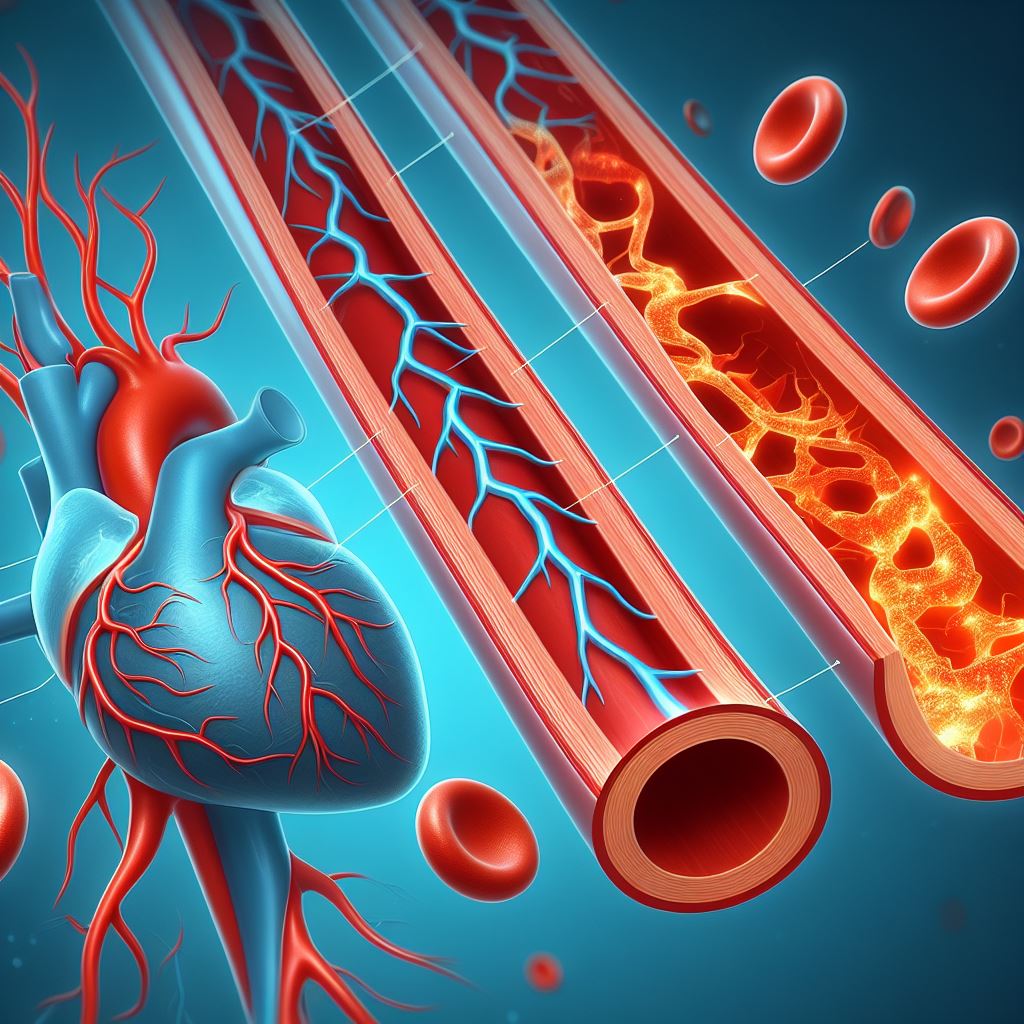
Arteriosclerosis, often referred to as hardening or narrowing of the arteries, is a condition that affects millions of people worldwide, silently increasing the risk of cardiovascular disease. Despite its prevalence, many individuals remain unaware of the dangers posed by this progressive condition. In this article, we delve into the intricacies of arteriosclerosis, its causes, symptoms, and preventive measures.
Arteriosclerosis is characterized by the buildup of plaque on the inner walls of arteries, which restricts blood flow to vital organs and tissues. Over time, this accumulation of plaque can lead to atherosclerosis, a specific type of arteriosclerosis characterized by the formation of fatty deposits and scar tissue within the arteries. As the arteries become narrower and less flexible, the risk of serious complications such as heart attacks, strokes, and peripheral artery disease increases significantly.
Several factors contribute to the development of arteriosclerosis, including high blood pressure, high cholesterol levels, smoking, diabetes, obesity, and a sedentary lifestyle. Genetics and aging also play significant roles in predisposing individuals to this condition. While some risk factors, such as age and genetics, cannot be modified, others, such as lifestyle choices, can be addressed through proactive measures.
Recognizing the symptoms of arteriosclerosis is crucial for early intervention and prevention of complications. However, the condition often progresses silently, with symptoms manifesting only when the arteries are severely narrowed or blocked. Common symptoms may include chest pain or angina, shortness of breath, fatigue, weakness, and numbness or coldness in the extremities. Individuals experiencing any of these symptoms should seek medical attention promptly to undergo diagnostic tests and receive appropriate treatment.
Preventing arteriosclerosis involves adopting a heart-healthy lifestyle and managing underlying risk factors. This includes maintaining a balanced diet low in saturated and trans fats, cholesterol, and sodium, while rich in fruits, vegetables, whole grains, and lean proteins. Regular physical activity, such as brisk walking, cycling, or swimming, can help lower blood pressure, cholesterol levels, and maintain a healthy weight. Smoking cessation and moderation of alcohol intake are also essential steps in reducing the risk of arteriosclerosis and its complications.
In conclusion, arteriosclerosis poses a significant threat to cardiovascular health, yet its insidious nature often goes unnoticed until complications arise. By understanding the causes, symptoms, and preventive measures associated with this condition, individuals can take proactive steps to protect their heart health and reduce the risk of serious complications. Remember, early detection and intervention are key to preserving cardiovascular well-being and maintaining a fulfilling, active lifestyle.
